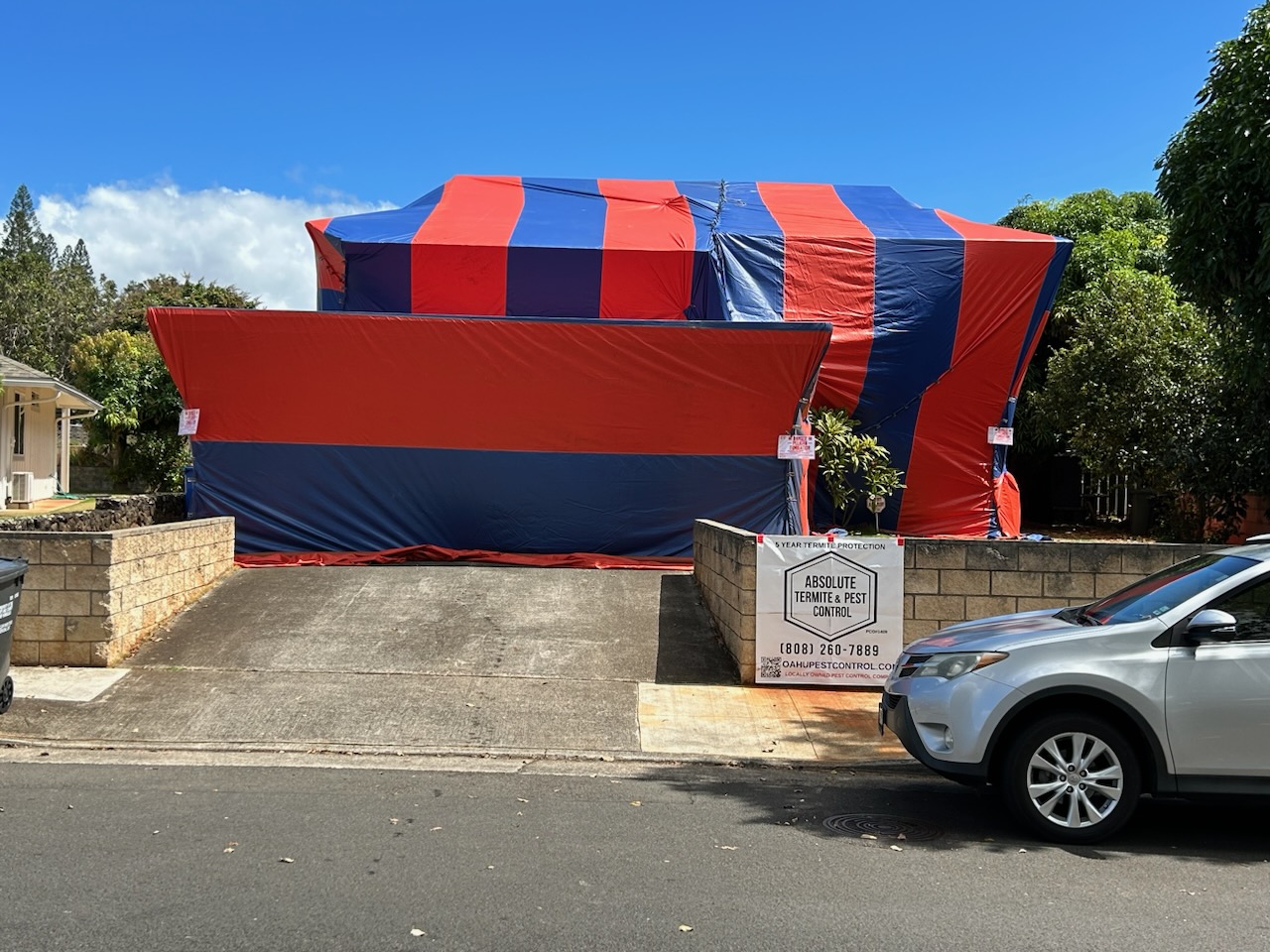Understanding Mealy Bugs and Strategies for Managing Infestations
- Absolute Pest Control Hawaii PCO#1409
- Jul 16
- 4 min read

Mealy bugs are pesky insects that can harm a wide variety of plants, both outside and indoors. With their small size and white, cottony appearance, they can be easily overlooked, but their impact on plants can be severe. These soft-bodied bugs suck sap from plants, weakening them and opening them up to other diseases. In this guide, we'll uncover what mealy bugs are, how they reproduce, signs you might see if they invade your plants, and practical strategies for managing them effectively.
What are Mealy Bugs?
Mealy bugs are part of the family Pseudococcidae and belong to the order Hemiptera, which includes aphids and scale insects. Often found clustering together on plant stems and undersides of leaves, they feed on plant sap. This feeding can weaken the plants significantly, leading to additional issues, such as sooty mold growth, which thrives on the sugary waste excreted by these pests.
Typically, mealy bugs measure between 1/10 to 1/4 inch long. Their unique white, waxy exterior provides a protective barrier against predators and harsh weather. A noteworthy fact is that a single female mealy bug can lay hundreds of eggs in her lifetime, quickly turning a small issue into a larger infestation.
Signs of Infestation
Recognizing a mealy bug infestation early is key to effective management. These pests often hide in inconspicuous places, so vigilance is essential. Here are some clear signs to identify:
Cottony Clusters: Look out for white, fluffy masses on plants, mainly around leaf joints and stems. These are the adult females and their eggs.
Sticky Residue: The insects excrete a sticky substance called honeydew, which can accumulate on the leaves and nearby surfaces. This sticky coating can attract ants and may lead to further pest problems.
Sooty Mold: A black, sooty mold might appear on surfaces below infested plants—this mold flourishes on the honeydew produced by mealy bugs.
Yellowing Leaves: Infested plants often exhibit stress signs, like yellowing or wilting leaves and slowed growth.
Regular inspections of your plants can help catch these signs early and minimize damage.
How to Handle a Mealy Bug Infestation
When you spot mealy bugs, quick action is vital. Here are effective strategies to address their presence:
1. Manual Removal
For small infestations, manual removal can be very effective. A cotton swab soaked in rubbing alcohol can be used to directly target infested areas. The alcohol kills the pests on contact. Be sure to inspect hidden areas like leaf axils where mealy bugs tend to hide.
2. Washing the Infested Plants
If the infestation is larger, using water can be an effective solution. Gently spray your plants with a hose or a spray nozzle to dislodge the bugs. This method works well for durable plants. Avoid using high-pressure water as it might harm the plant tissues.
3. Insecticidal Soap or Neem Oil
Both insecticidal soap and neem oil serve as natural remedies for mealy bugs. They suffocate these pests and interrupt their life cycle.
Insecticidal Soap: This product is most effective when sprayed directly on the bugs. Multiple applications may be necessary for complete eradication.
Neem Oil: Known for its effectiveness, neem oil disrupts the growth of mealy bugs, preventing them from maturing. Mix it with water and apply it to the affected plants.
Make sure to follow the manufacturer’s instructions for safe and effective use.
4. Introduce Natural Predators
One of the most environmentally friendly ways to control mealy bugs is to introduce natural predators like ladybugs and lacewings, which feast on these pests. This biological control approach can effectively keep the mealy bug population in check. Ensure the right conditions for these beneficial insects to flourish.
5. Quarantine Affected Plants
If you are facing a severe infestation, consider isolating affected plants to prevent the pests from spreading to healthy ones. Regularly monitor quarantined plants and apply treatments as necessary.
Preventive Measures
It's better to prevent mealy bug infestations than to deal with them after they start. Here are essential steps you can take:
1. Regular Inspection
Make it a habit to inspect your plants weekly. The sooner you catch hints of mealy bugs, the easier it will be to manage them.
2. Maintain Plant Health
Healthy plants are more resilient against pests. Ensure they receive adequate water, nutrients, and sunlight for optimal growth.
3. Keep the Area Clean
Regularly clear away dead leaves and debris, as these can serve as hiding spots for mealy bugs and other pests. Clean surroundings create an environment that discourages infestations.
4. Avoid Over-Fertilization
Limit fertilizer use to avoid over-stimulating plant growth, which may attract mealy bugs. Stick to recommended amounts for your specific plants.
By taking these preventive measures, you can significantly reduce the chance of mealy bug infestations.
Final Thoughts
Mealy bugs can quickly become a challenging pest if left unchecked. Their sap-sucking habits lead to harmful effects on various plants. By recognizing the early signs of an infestation, employing immediate control strategies, and continuing with preventive practices, you will help keep your plants thriving. Stay informed and proactive, and you can effectively manage mealy bugs, allowing you to enjoy a healthy garden or indoor plant collection.
With a little knowledge and timely action, reclaiming your plants from mealy bug infestations is entirely possible.











Comments